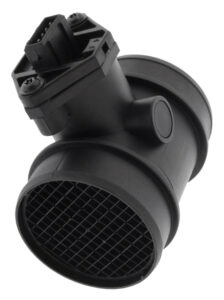
Performance loss in cars - how and why
Content
You are driving calmly on the motorway, and here is what happens: the car abruptly reduces the speed to a lower speed, but continues to move as usual. This phenomenon is known as "loss of performance", which, unfortunately, has many causes. Read in this article what can be done in this case.
The price of comfort and environmental protection

A car needs three things to move: air, fuel and ignition spark . If one of these factors is not sufficiently provided, it has a direct impact on the performance of the car.
Thus, in older vehicles, the cause of performance degradation can be quickly identified:
| Fresh air supply to the engine: Check the air filter, check the intake hose for leaks (called false air or secondary air). |
| Fuel: Check fuel pump and fuel filter. |
| Ignition spark: check the ignition coil, ignition distributor, ignition cable and spark plugs. |

With this small number of measures, cars built before about 1985 were equipped enough to detect performance loss. Due to the many auxiliary systems and exhaust gas treatment modules eliminating performance loss today is much more difficult.
Thus, the first step is search for the cause of performance degradation by error memory reading .
Faulty sensors are a common cause

SENSORS are used to send a specific value to the control unit. The control unit then regulates the supply of fresh air or fuel so that the vehicle always performs optimally.
But, if one of the sensors is faulty , it will not produce any values, or it will give incorrect values, which Control block then misunderstand. However, control units are quite capable of recognizing implausible values. So the wrong value stored in memory, from where it can be read. In this way, a faulty sensor can be quickly located with the appropriate reader. .
Sensor consists of a measuring head and a signal line. measuring head consists of a resistor that changes its value depending on the environmental conditions . Thus, a faulty measuring head or damaged signal line lead to sensor failure. General sensors:
Sensors are usually designed as wearing parts . Replacing them is relatively easy. The number of attachments that need to be removed for replacement is relatively small. Them purchase price is also still very reasonable compared to other components. After replacing the sensor, the error memory in the control unit must be reset. . Then the loss of productivity should be eliminated for the time being.
Age is not the only reason
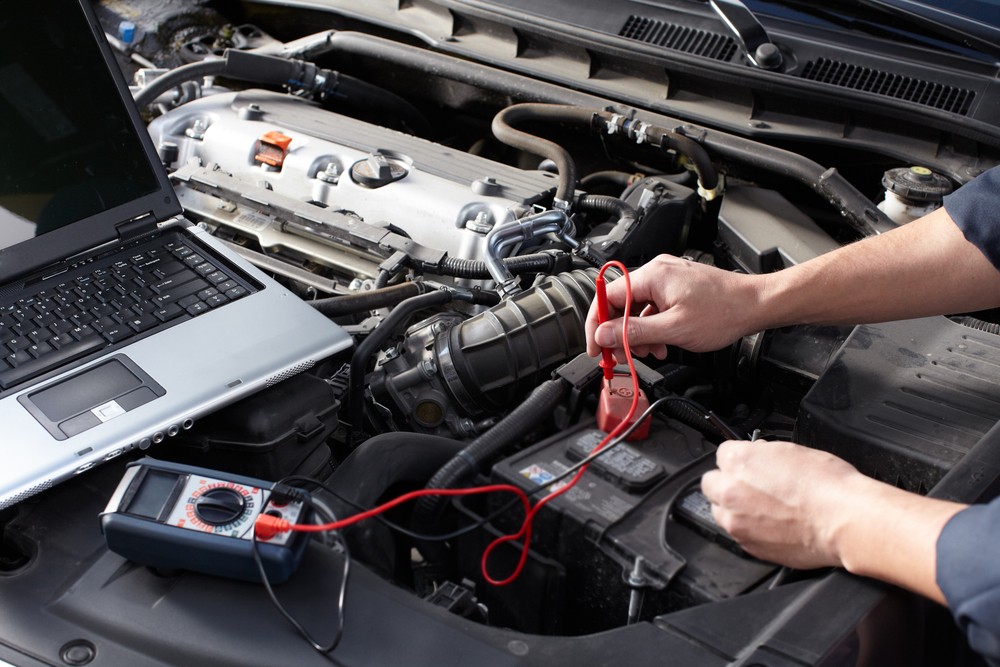
Sensors are wear parts with a very limited lifespan . Therefore, it is recommended to carefully study the sensor malfunction. A sensor that has obviously burned out has nothing to do with wear and tear due to aging. In this case, there is another, deeper defect that needs to be fixed. .
Of course, it is also possible that the values given by the sensor are correct, but the group of components on which the values are measured is faulty. After some time, when the loss of working capacity does not manifest itself via replacement sensor and again the same error message will be displayed, followed by " deepen ».
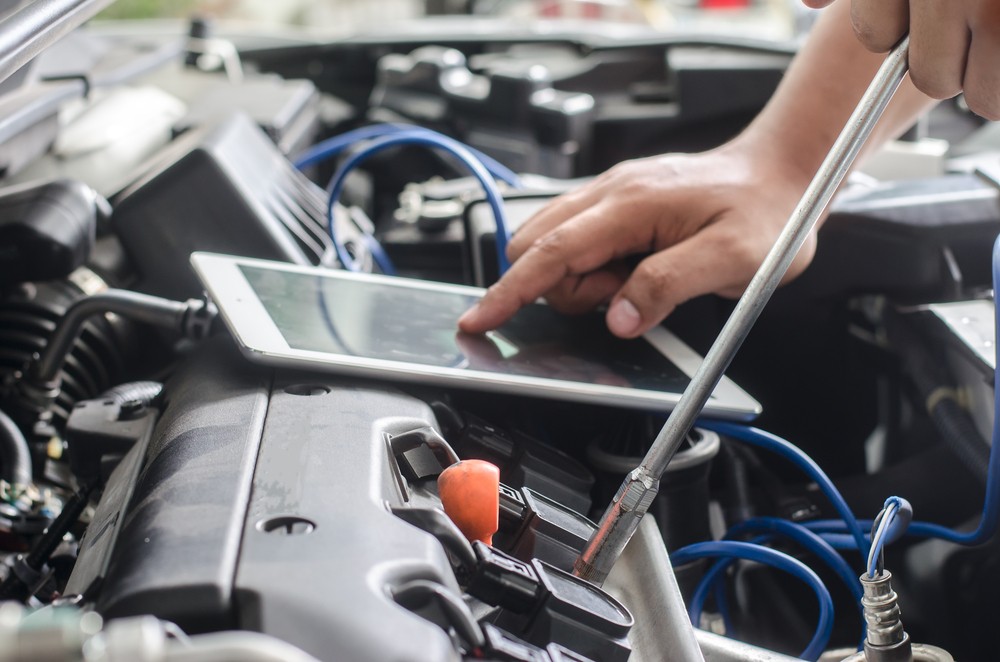
Many of the reasons for performance loss are still quite simple: clogged air filters, faulty spark plugs or ignition cables, porous intake hoses can of course lead to known problems even in modern cars . However, at present, sensors identify them quite reliably.
Engine failure as a warning signal
To a certain extent, a modern vehicle control system can prevent the car from almost destroying itself. . To do this, the control unit switches the engine to the so-called " emergency program ».
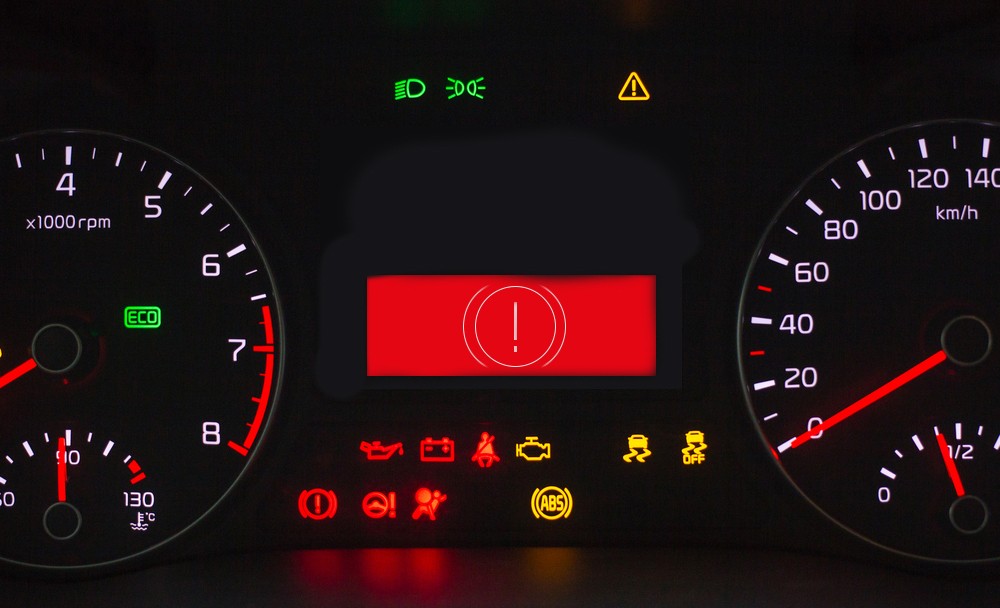
This results in significant performance degradation and a notification in the toolbar. This emergency program is activated, for example, when the engine starts to overheat . The function of the emergency program is to deliver the car to the next workshop as safely as possible. therefore you should never ignore it or accept that the car slows down a bit. If you wait too long, you risk damaging the engine despite the emergency program. . This can happen quite easily with thermal issues.
EGR valve as performance limiter
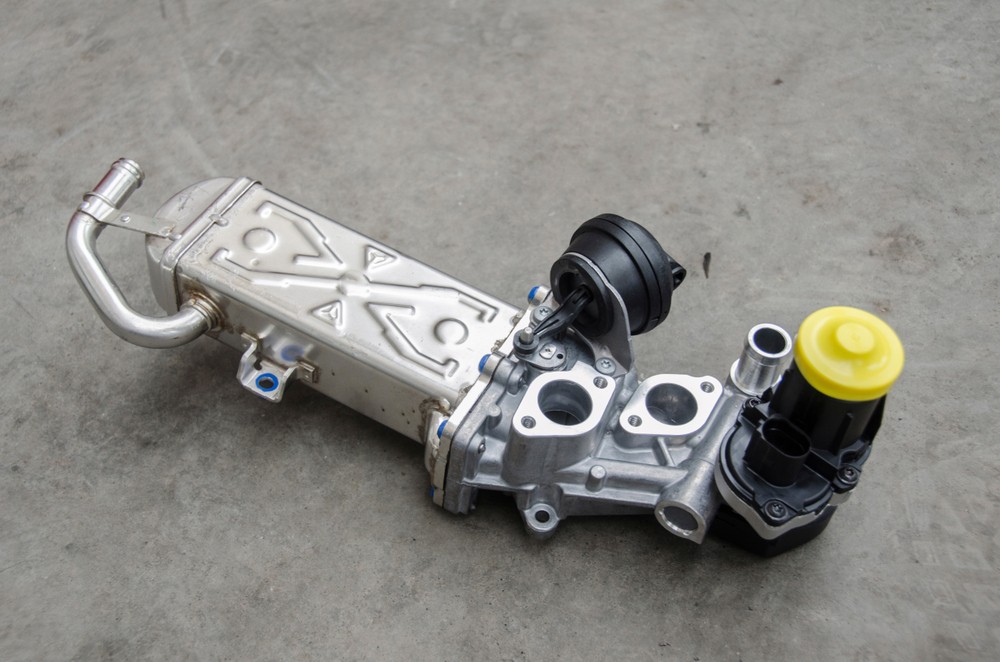
One of the components of the exhaust gas treatment system for diesel vehicles is the EGR valve. . It feeds the already burned exhaust gases back into the combustion chamber, thereby lowering the operating temperature. As a result, a less nitrogen oxides .
However, the EGR valve is quite susceptible to " nagar ". This means that soot particles accumulate. This limits the actuating function of the valve and narrows the channel. Therefore, the EGR valve must be cleaned regularly. . If the EGR valve is defective, this is also reported to the control unit. If the fault progresses, the control unit may restart the engine's emergency program, resulting in reduced performance.
Gradual loss of performance with age
Engines are dynamic components with many moving parts. . Their performance is largely determined by the compression ratio, i.e. the degree of compression of the fuel-air mixture.
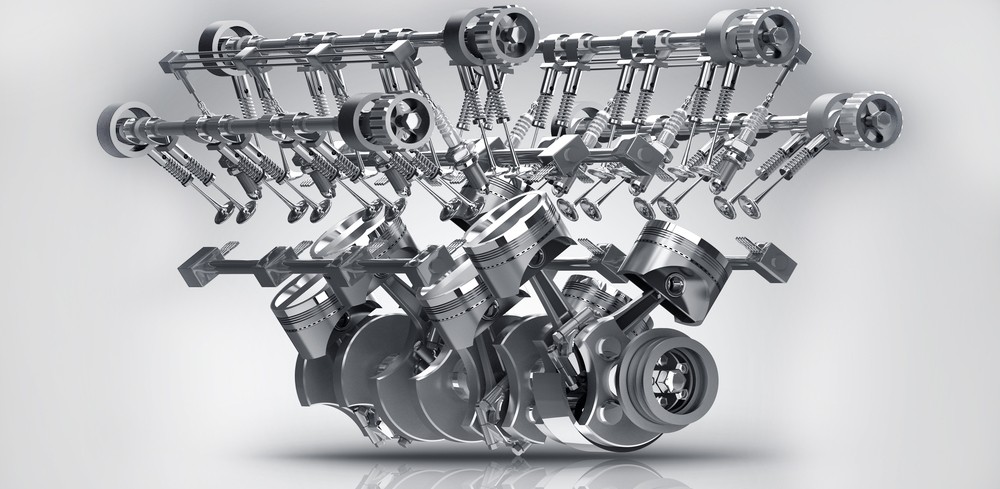
Two components are critical here: valves and piston rings. A leaky valve leads to immediate failure of almost the entire cylinder. However, this defect can be noticed quite quickly.
However, a faulty piston ring may go unnoticed for some time. The performance loss here is going to be pretty insidious and gradual. Only when the piston ring allows lubricating oil to enter the combustion chamber will this be detected by the blue color of the exhaust gases. By that timehowever, the engine has already lost quite a lot of power. This repair is one of the most difficult you can have on a car. .
Turbocharger as a weak point

Turbochargers are used to compress the intake air and boost the intake pressure .
The way they work is basically very simple: two propellers are connected to the shaft in the housing . One screw is driven by the flow of exhaust gases. This causes the second screw to rotate. Its task is to compress the intake air. A failed turbocharger no longer compresses air , the engine loses power and the vehicle drives more slowly. Turbochargers are fairly easy to replace but are very expensive as a component. .
Be carefull

Loss of vehicle performance can have a small, inexpensive, and trivial cause. However, quite often this is a harbinger of more serious engine damage. That is why you should never ignore this symptom, but immediately begin to investigate the cause and repair the damage. This way, if you're lucky, you can prevent a major defect.

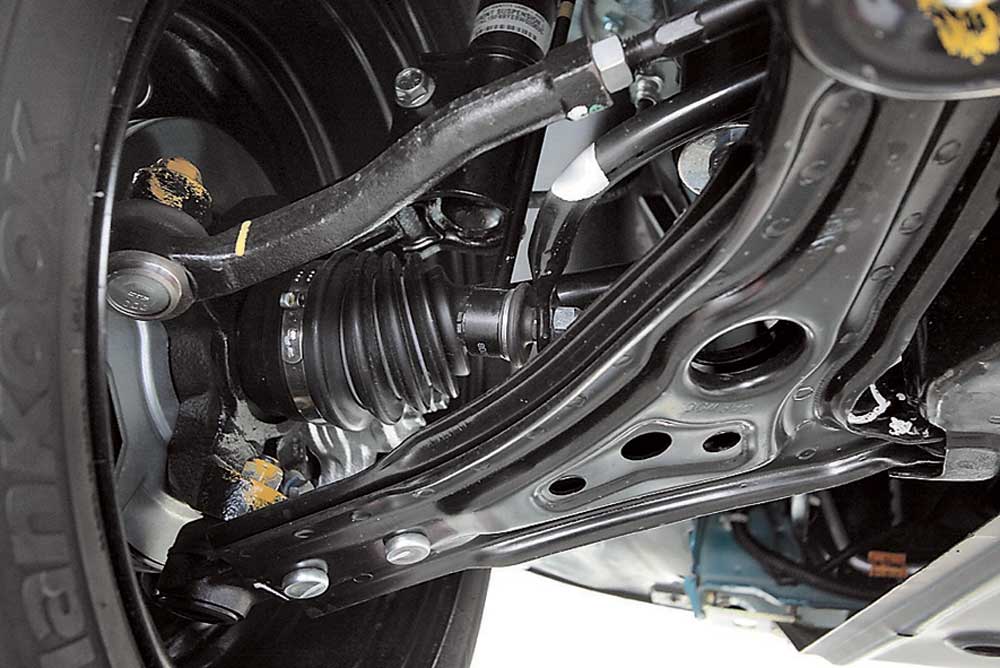
 Air mass meter: measures the amount of air mass taken in.
Air mass meter: measures the amount of air mass taken in. Boost pressure sensor: measures the boost pressure generated by a turbocharger, G-supercharger, or compressor.
Boost pressure sensor: measures the boost pressure generated by a turbocharger, G-supercharger, or compressor. Intake temperature sensor: Measures intake air temperature.
Intake temperature sensor: Measures intake air temperature.